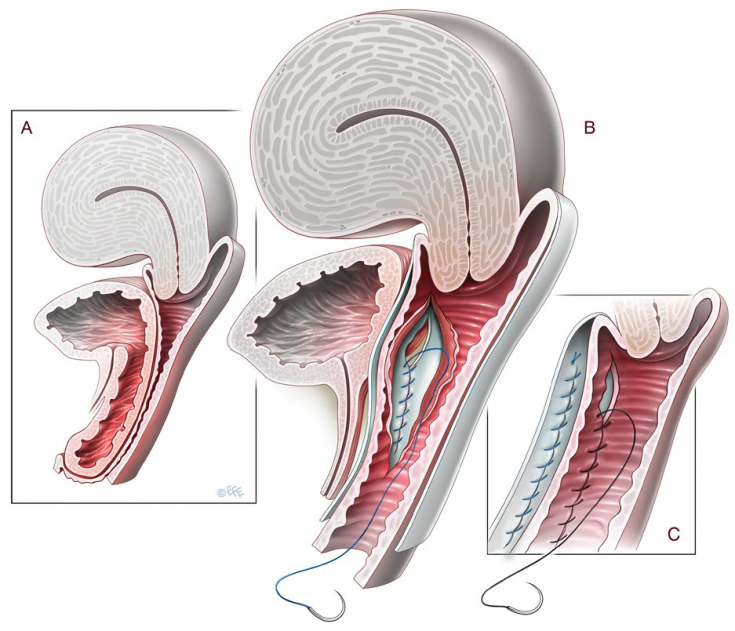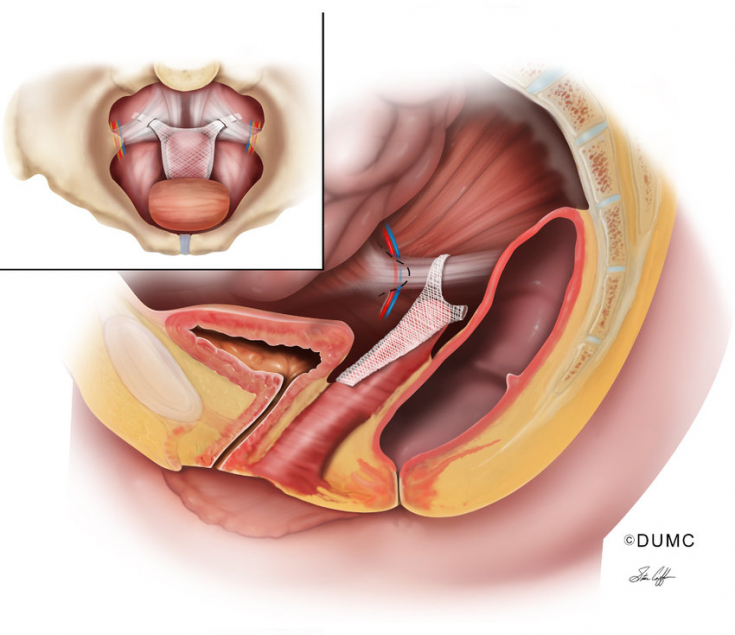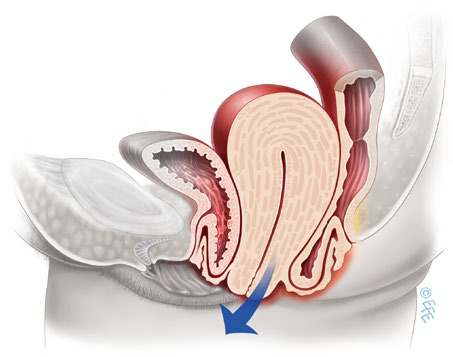The US Food and Drug Administration (FDA) has evaluated the efficacy and safety of currently available perforated polypropylene implants for vaginal extraperitoneal colpopexy (surgical correction of pelvic organ prolapse).
Three mesh implants are available in the US: Boston Scientific's Uphold LITE and Xenform, and Coloplast's Restorelle DirectFix Anterior. All three are indicated for strengthening the anterior and apical pelvic floor.
In 2011, following a series of warnings about adverse events with mesh devices used for pelvic organ prolapse surgery, the FDA upgraded devices from Class II (moderate risk) to Class III (higher risk).
In the article estet-portal.com you can get acquainted in detail with the results of a modern revision of the question regarding the effectiveness and safety of mesh implants to strengthen the walls of the vagina.
Pelvic organ prolapse: native tissue versus polypropylene implant
During the meeting, representatives of three professional societies — American College of Obstetricians and Gynecologists, American Society of Urogynecologists and Society of Gynecological Surgeons — presented a risk-benefit analysis, concluding that although native tissue repair is generally the preferred surgical intervention, transvaginal mesh is still a reasonable choice for certain patients.

Perforated polypropylene implants improve anatomical outcomes, as well as reduce subjective sensations and awareness of prolapse, reduce the risk of reoperation for prolapse, and the risk of recurrence compared to native tissue repair.
Follow us on Telegram
Complications of using polypropylene implants

On the other hand, specific complications associated with synthetic mesh when used in pelvic organ prolapse surgery include mesh contracture, erosion, injury to the urethra, bladder, and rectum.
Numerous procedures are required to resolve these complications.
The procedure involves fixation of mesh tissue to support the bladder, uterus, or intestines.
The list of adverse events also includes pelvic pain, dyspareunia, de novo urinary dysfunction (i.e. incontinence), infection, and various anatomical abnormalities including vaginal shortening, scarring, and fistula formation.
Oksana Romashchenko on the possibilities of using PRP therapy in aesthetic gynecology
A thorough pre-operative assessment is vital so that any adverse event can subsequently be confirmed to be indeed device related.

There are benefits and complications associated with synthetic mesh when used in pelvic organ prolapse surgery.
Modern approach to the correction of pelvic organ prolapse
Given these potential complications, vaginal mesh repair for pelvic organ prolapse should be limited to high-risk individuals in whom the benefit of mesh placement may justify the risk. Such patients are women with recurrent prolapse or comorbidities that preclude more invasive and longer open and endoscopic procedures.
Transvaginal mesh is still being considered as an option for some patients.
Thank you for staying with estet-portal.com. Read other interesting articles in the "Gynecology" section. You may be interested in Genital prolapse: a disease that can and should be treated






Add a comment